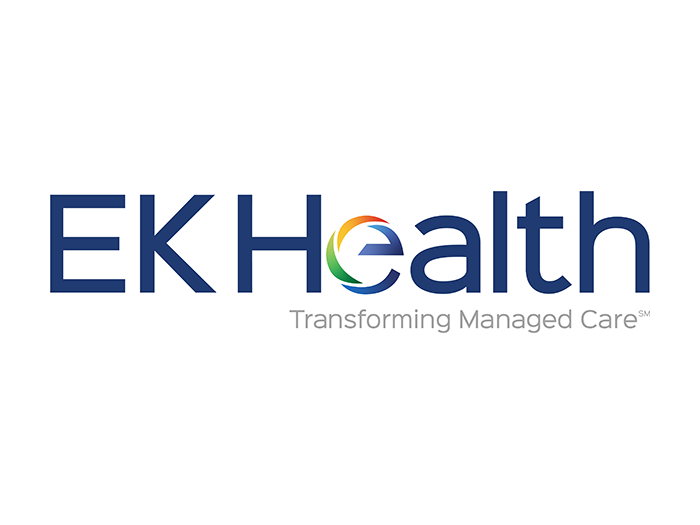Workers Expect Savvy Claims Tech: Here’s How the Pandemic’s Bolstered Technology During Uncertain Times

Even apart from the COVID-19 pandemic, 2020 was a significant year. According to the NOAA, 22 separate weather events including severe storms, wildfires, and cyclones totaled $95 billion in damages.
While many types of insurance bear the brunt of these disasters, workers’ compensation carriers, tasked with critical care needs that affect workers and their families, need special strategies to deliver care when catastrophe strikes.
For many organizations, these strategies utilize technology, built-in redundancies and stepped-up conveniences like direct deposit to ensure continuity of care, no matter the weather.
“We have to be ready for it all — hurricanes, floods, fires,” said Mark Bilger, CIO of One Call.
“In general, disaster recovery and business continuity are a staple of well-run IT management for any organization. Specifically in claims and insurance, it’s heightened because of the critical care for injured workers.”

Mark Bilger, chief information security officer, One Call
Especially in the wake of the COVID-19 crisis, workers’ comp claims teams were challenged with the immediate expansion of remote work, resulting in necessary changes that are likely to endure even after the pandemic concludes.
“Before work from home, One Call had a few concentrated contact centers,” Bilger said.
“After work from home, we look a lot more like the internet. We’re dispersed and we had to make major upgrades to our virtual private network, essentially 10-fold. We went from 1 gigabit to 10-gigabit capacity. We strengthened our endpoint protections and it went from firewalls in our locations to everybody’s home becoming the One Call network.”
This growth in gigabit capacity is not isolated to the workers’ comp industry; reports indicate that pandemic-related growth has resulted in an estimated global wireless gigabit market size of $19 million in 2021 and is projected to reach $70 million by 2026.
In tandem with the global wireless market gigabit size is the growth of cloud computing. Gartner forecasted 18.4% growth in a 2020 report to a total of $304.9 billion, noting that “the proportion of IT spending that is shifting to cloud will accelerate in the aftermath of the COVID-19 crisis, with cloud projected to make up 14.2% of the total global enterprise IT spending market in 2024, up from 9.1% in 2020.”
Workers Expect Claims Tech
Expectations have been set by regulation and digitization in the 21st Century that even in the wake of a natural disaster, services will continue.
“One of the technology solutions that we have had for a few years but that we really pushed during COVID and any other type of catastrophic event is our claimant app, MyCare,” said Michael Jamason, SVP, business operations at CorVel.
“It gives the injured worker the ability to manage their pharmacy information, phone numbers for points of contact regarding their claim, information about payments being made to their accounts, and they can even establish their direct deposit in the app.”
Pharmacy information is especially important during disaster when medications are destroyed due to property damage or lost in an evacuation.
“We were able to utilize our partnership with our PBM to allow people to get early refills, and with mail order, we were able to even change the amounts of medication given,” said Melissa Burke, head of managed care and clinical, AmTrust.

Melissa Burke, head of managed care and clinical, AmTrust
“We expanded into other needs like telemedicine, ensuring that we have different types of providers available. We were able to expand that and ensure access in all of our states where allowed by regulatory governance, including digital doctor networks. Something that was important there too is transitioning injured employees. Typically a telehealth solution would be either on the frontend or the backend of a claim. We wanted to make sure that we could go back and forth depending on the state of the catastrophe,” Burke added.
Indeed, telemedicine expansion is at the forefront of many workers’ comp claims organizations’ radar. According to Mitchell’s “The Future of Technology in Work Comp 2020” industry survey, “many respondents believe that telemedicine will have the biggest impact on the industry within the next five years (32%), followed closely by artificial intelligence (30%) and predictive analytics (20%).”
The survey was conducted prior to the COVID-19 pandemic, which likely would have boosted telemedicine’s impact on the results due to significant expansions.
For many industry leaders though, the specific technological solution is not as significant as the strategy behind the solutions. “We have to ensure continuity of care and benefits,” said Michele Tucker, CorVel’s VP of EC operations.
“Any interruption — whether it’s a natural disaster or anything else — impacts many lives and families. We’ve been doing some regular testing with payments and system recovery so redundancy is set up, and if we have an office impacted, our system allows for immediate replication and the pickup of services by another office.”
Growth Brings Security Risks
All of this growth is paired with security risks.
“The network is increasingly becoming the employee — whatever device they carry, wherever they’re working. That’s where we protect, that’s where we focus. As time goes on, there will always be risks from catastrophes, but the risk from geographic centrality is going down at a fairly rapid clip,” Bilger said.
“The thing underlying this that people don’t necessarily appreciate is what I’ll call the hardening of security around the individual. We focus as much on the endpoint device, the workstation, as we do on our data centers.”
The inevitability of this trend informs the entire claims process, with such agility becoming the norm for claims organizations across the insurance industry, workers’ compensation included. &










